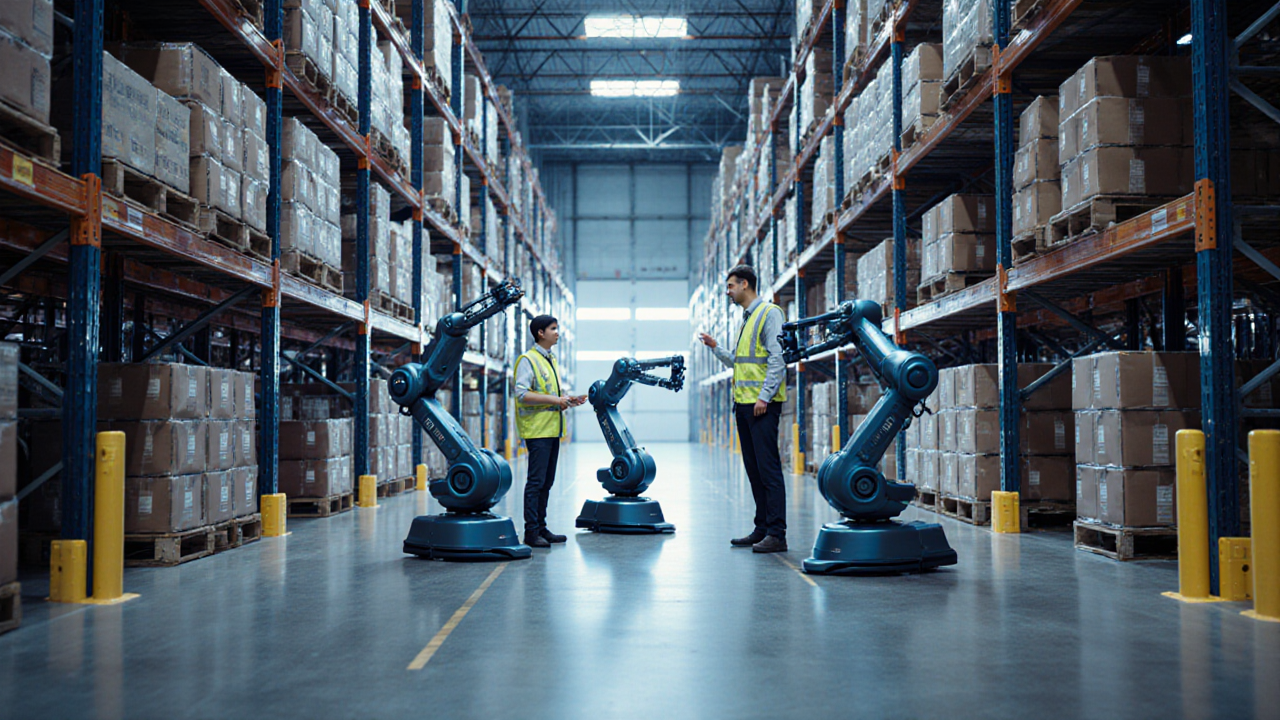
When a leading AI security firm announced an $80 million investment round that valued the company at $450 million, the ripple effect was felt far beyond the tech corridors. For supply chain leaders, the headline is a reminder that the rapid evolution of AI capabilities is reshaping the risk landscape that underpins every link in the global logistics chain. As enterprises increasingly rely on AI‑driven demand forecasting, dynamic routing, and autonomous warehouse operations, the integrity of these models becomes a strategic imperative.
The firm’s core offering—an industry‑widely adopted framework for scoring a model’s vulnerability‑detection ability, known as SOLVE—has already been cited in security evaluations of high‑profile language models. In the logistics context, this translates to a rigorous methodology for assessing how AI systems might misinterpret inventory signals, misclassify shipments, or inadvertently expose proprietary routing data. The ability to quantify and compare security postures across models empowers supply chain executives to make evidence‑based decisions about which AI solutions to adopt and how to guard against emergent threats.
Beyond evaluating existing risks, the company is channeling its resources into a more ambitious goal: detecting emergent risks before they manifest in the field. By building elaborate simulated environments where AI agents play both attacker and defender roles, the firm can subject new models to a battery of stress tests that mirror real‑world attack vectors. For supply chain professionals, this approach underscores the importance of pre‑deployment testing and continuous monitoring. A single overlooked vulnerability in an AI‑guided routing algorithm could cascade into delayed deliveries, inventory mismatches, and costly compliance breaches.
The urgency of AI security is amplified by the growing sophistication of models that can autonomously hunt for software vulnerabilities. In logistics, where supply chain software often interfaces with legacy systems, a malicious AI could exploit zero‑day flaws to disrupt operations, manipulate pricing data, or intercept sensitive shipment information. The industry’s response—upgrading internal security protocols and adopting simulation‑based testing—serves as a blueprint for other sectors.
What supply chain leaders can glean from this development is twofold. First, the investment signals that AI security is no longer a niche concern but a core component of operational resilience. Second, it highlights a proactive strategy: integrating security testing into the AI lifecycle, from model training to deployment, and maintaining an ongoing dialogue between data scientists, cybersecurity teams, and logistics planners.
Adopting a technology‑forward mindset means leveraging AI not only for efficiency but also for risk mitigation. By embedding robust security frameworks like SOLVE into the AI development pipeline, supply chain organizations can ensure that automation delivers on its promise of cost savings and speed without compromising reliability or compliance. Moreover, simulation environments that emulate real‑world attack scenarios can uncover hidden weaknesses, allowing firms to patch vulnerabilities before they impact customers or partners.
In a world where supply chains are increasingly digitized and interconnected, the stakes of AI security have never been higher. The recent funding round serves as a catalyst for industry‑wide introspection, urging supply chain professionals to prioritize security as a strategic investment. By doing so, they can safeguard their operations, protect customer trust, and maintain a competitive edge in an era where human‑on‑AI and AI‑on‑AI interactions are set to dominate the economic landscape.
Loading comments...